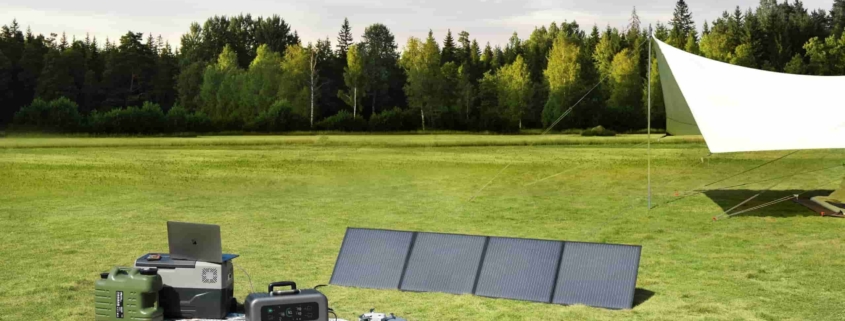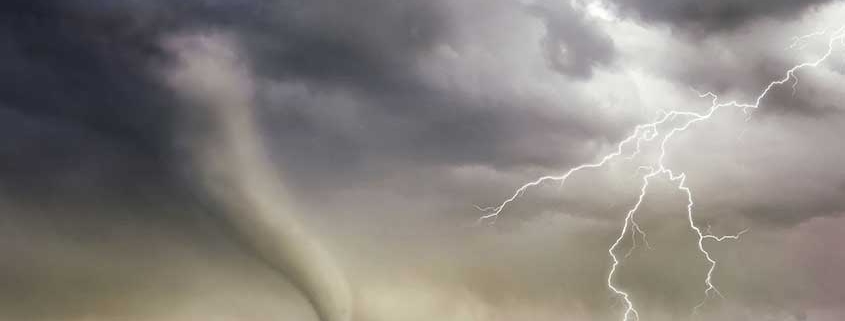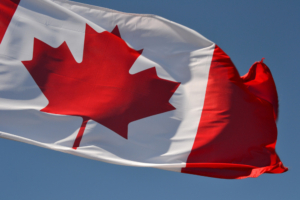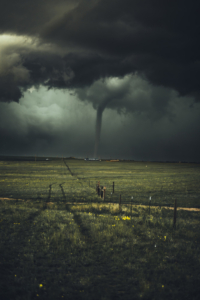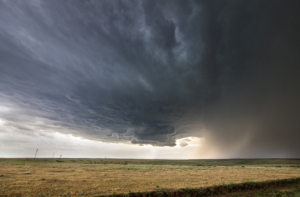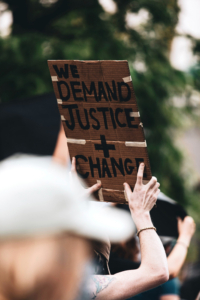As temperatures soar during a heatwave, staying cool and safe becomes important. Whether you’re experiencing scorching summer days or facing an unprecedented heatwave, these tips will help you beat the heat and ensure your well-being.
1. Stay Hydrated:
- Hydration is key during a heatwave. Drink plenty of water throughout the day, even if you don’t feel thirsty.
 Avoid excessive caffeine and alcohol intake as they can contribute to dehydration. If you wonder how much fluid to drink, as a starting point consider the “8 glasses of 8 ounces” rule, which is approximately 2 Litres minimum per day.
Avoid excessive caffeine and alcohol intake as they can contribute to dehydration. If you wonder how much fluid to drink, as a starting point consider the “8 glasses of 8 ounces” rule, which is approximately 2 Litres minimum per day.
2. Dress Appropriately:
- Wear lightweight, loose-fitting, and light-colored clothing. Light colors reflect sunlight and help keep your body temperature down. A wide-brimmed hat and sunglasses provide added protection.
3. Seek Shade:
- Limit direct exposure to the sun, especially during peak hours from 10 a.m. to 4 p.m. If possible, stay indoors or find shade when outdoors. Plan outdoor activities for the cooler parts of the day.
4. Use Cooling Products:
- Cool down with the use of cooling towels, vests, or personal fans. Applying cold packs to pulse points, like
 wrists and neck, can also provide relief. Consider taking cool showers or baths to lower your body temperature.
wrists and neck, can also provide relief. Consider taking cool showers or baths to lower your body temperature.
5. Keep Indoor Spaces Cool:
- Use fans, air conditioning, or open windows if there is a breeze(only when the sunshine is not shining directly in) to maintain a comfortable indoor temperature. Close curtains or blinds during the hottest part of the day to block out the sun. If you don’t have air conditioning, consider spending time in air-conditioned public places like malls or libraries.
6. Be Mindful of Pets:
- Ensure your pets have access to shade and plenty of water. Never leave them in a parked car, as temperatures can rise rapidly, leading to heat-related illnesses or even death.
7. Know the Signs of Heat-Related Illness:
- Familiarize yourself with the symptoms of heat-related illnesses such as heat exhaustion and heatstroke. These may include heavy sweating, weakness, dizziness, nausea, and a rapid pulse. If you or someone else shows signs of severe heat-related issues, seek medical attention immediately.
8. Plan Your Activities:
- Schedule strenuous activities for the cooler parts of the day. If you must engage in physical exertion, take frequent breaks in the shade and stay well-hydrated.
9. Stay Informed:
- Keep track of weather forecasts and heat advisories. Being aware of upcoming heatwaves allows you to plan and take necessary precautions in advance. Be respectful of watering rules placed by your local authorities.
10. Check on Vulnerable Individuals:
- Regularly check on elderly family members, neighbors, or those with chronic illnesses. They are more susceptible to heat-related complications and may need assistance staying cool.
11. Stay Cool Mentally:
- Manage stress and stay calm. High temperatures can affect mental well-being. Practice relaxation techniques, and if possible, engage in activities that bring joy and relaxation.
By incorporating these strategies into your routine, you can navigate heatwaves with resilience and protect yourself from the potential dangers of extreme heat. Prioritize your well-being, and make staying cool a priority during those hot summer days.
What if the Heatwave Coincides With a Drought?
When a heatwave coincides with a drought, the combination of high temperatures and limited water availability can pose significant challenges. It’s crucial to take proactive measures to stay safe and minimize the impact on both personal well-being and the community. Here’s what to do:
1. Conserve Water:
- Practice water conservation at home. Fix any leaks, use water-saving appliances, and avoid unnecessary water usage. Consider using a bucket to collect water while waiting for the shower to warm up, and use it for plants or other purposes.
2. Stay Informed:
- Stay informed about weather forecasts, drought conditions, and any heat advisories issued by local authorities. Being aware of changing conditions allows you to plan and take necessary precautions.
3. Use Water Wisely:
- Be mindful of water usage in outdoor activities. If water restrictions are in place, adhere to them strictly.
 Consider drought-tolerant landscaping and reduce unnecessary water usage in gardens or lawns.
Consider drought-tolerant landscaping and reduce unnecessary water usage in gardens or lawns.
4. Plan for Water Shortages:
- If the drought leads to water shortages, have a plan in place. Store water in advance, and be prepared to use water-saving methods for daily activities, such as washing dishes, taking shorter showers, and using water-efficient appliances.
- Consider a rain barrel to collect water year round
5. Follow Emergency Guidelines:
- If the heatwave and drought lead to emergency situations, follow local emergency guidelines.
- Typically dry seasons mean fire bans/restrictions are in place. Be mindful and do your research before you head out.
- If you are a farmer, consider crop insurance and being prepared.
It’s essential to approach the situation with a community mindset, as everyone plays a role in conserving water and supporting each other during challenging conditions. Following local authorities’ guidance and staying prepared will contribute to overall resilience during a heatwave coinciding with a drought.


